Bananas are a delicious fruit that is easy to grow and are actually man-made. This means that the bananas we eat today are the result of selective breeding, which occurred to improve their nutritional value and able to adapt to the environment.
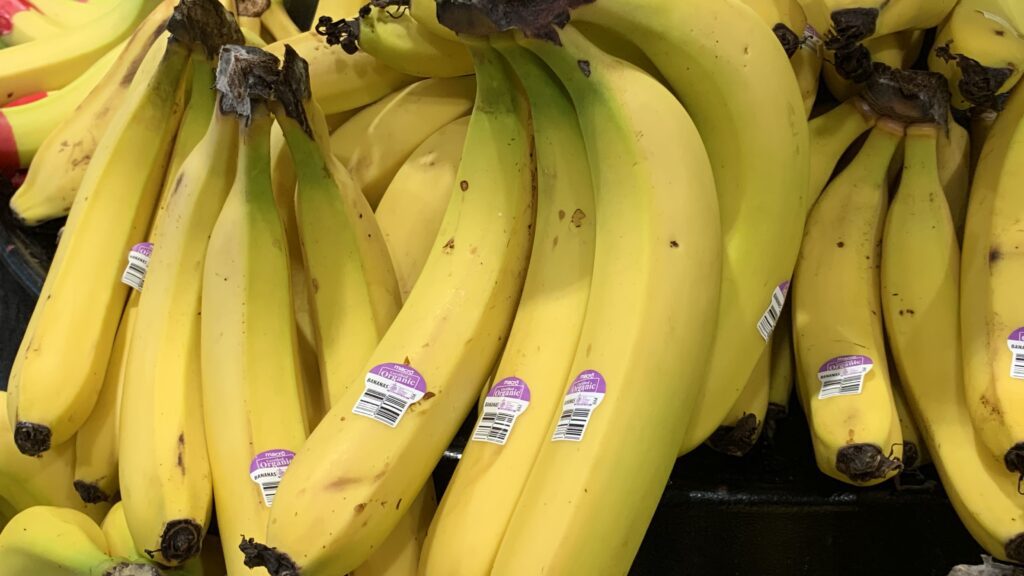
The Origins of the Banana
At one time, bananas had seeds in them. Around 5,000 BC, farmers started creating hybrid bananas to get rid of the seeds and make the fruit more visually appealing.
Several decades later, bananas without seeds had been developed, although some of today’s bananas do have very tiny seeds that no one notices because they are insignificant.
Most of the varieties of bananas in existence today were discovered in Southeast Asia, including Malaysia, Indonesia, and the Philippines.
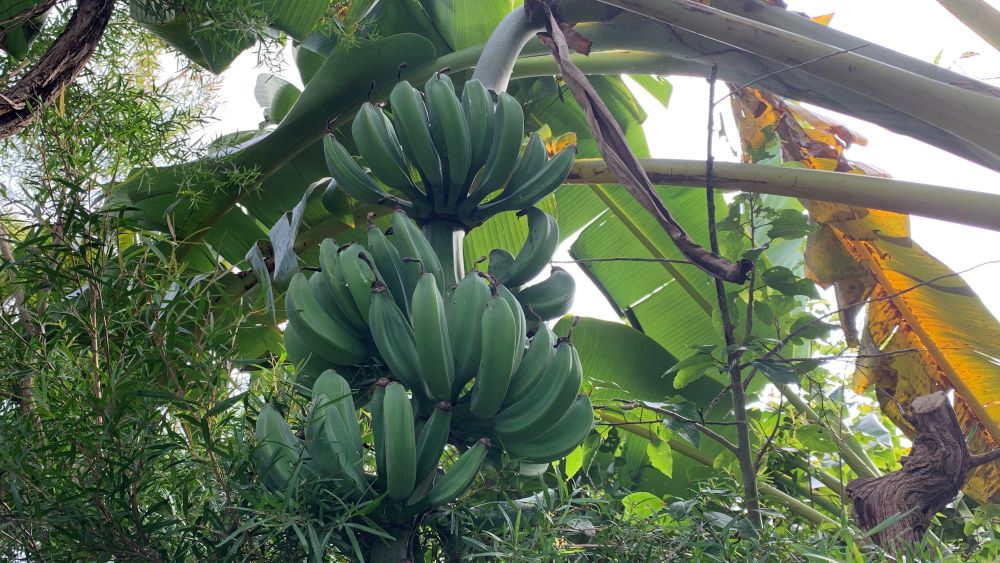
Today, there are many banana cultivars, with estimates of 300 to more than 1,000 cultivars in all. You can think of today’s bananas as clones, in a sense, because they were created through years of hybridization that resulted in the bananas we now eat.
The ones you find in the grocery store are called cavendish bananas. This is to distinguish them from the plantain bananas, which are very similar in appearance but are much bigger in size.
What Countries Grow Bananas Today?
Today, the biggest banana-producing countries include:
- India: 27.5 million tons per year
- China (mainland): 12 million tons per year
- The Philippines: 8.6 million tons per year
- Brazil: 6.9 million tons per year
- Ecuador: 6 million tons per year
In India, the fruit is able to grow all year long, which is one of the reasons so many bananas are grown there. The island of Hainan in mainland China is the only one of the five major provinces that grows bananas. Nevertheless, the south and southwest sections of Hainan are known as the Golden Corridor for the production of bananas.
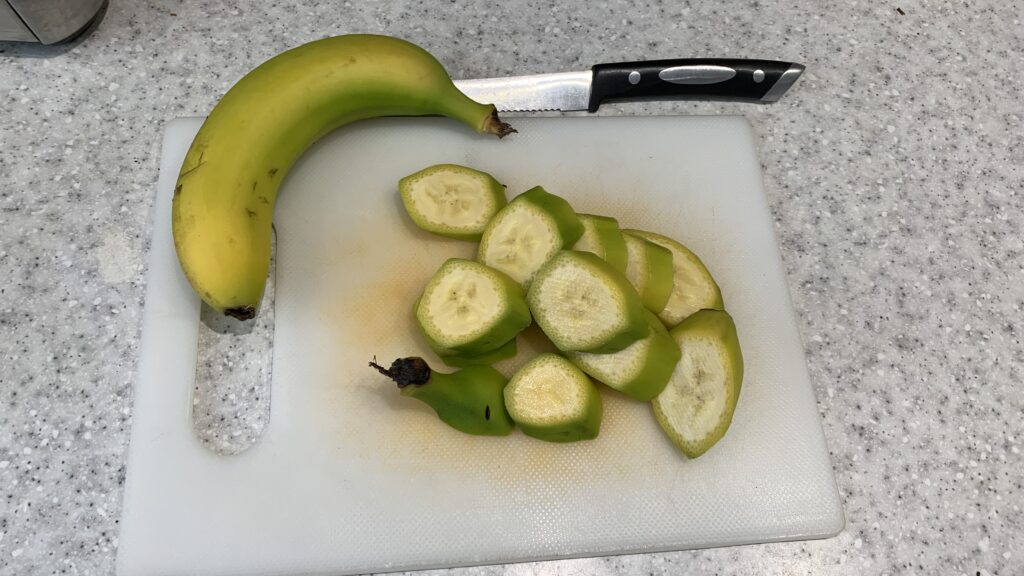
In the United States, most of the bananas are grown in Hawaii and Florida. For independent banana farming, a lot of the southern states, as well as California, are now growing and exporting bananas, mostly the cavendish type of banana.
Interestingly, while Americans eat roughly 26 pounds of bananas each every year and the fruit is grown in the US, most of those bananas come from Central and South America.
Where Were Bananas First Grown Commercially?
Historically, bananas were not the sweet yellow fruit we think of today when we think of bananas. Instead, there were only plantain bananas, which are for cooking and are usually red or green in color.
The yellow banana is actually a mutant strain of the plantain, or cooking, banana. In 1836, a Jamaican named Jean Francois Poujot noticed a banana tree on his property was producing yellow bananas instead of red or green bananas. He tasted it and noticed that it was sweet even when it wasn’t cooked.
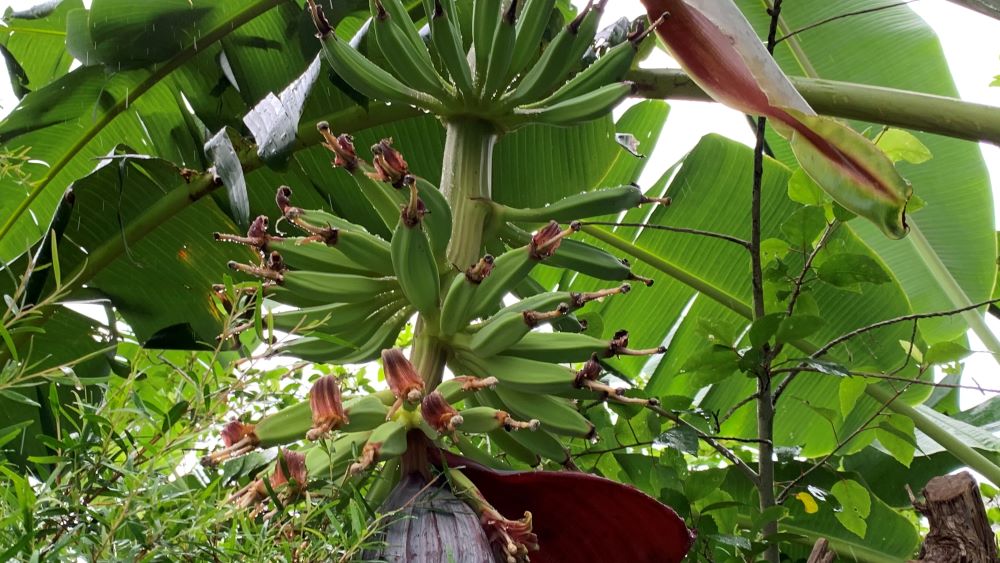
Soon afterward, Poujot started cultivating this variety of bananas, and before long, it was being exported from the Caribbean to cities such as New York, New Orleans, and Boston.
At that time, it was considered such a unique treat that people ate their bananas with a knife and fork. At the 1876 Philadelphia Centennial Exposition, sweet bananas were one of the most popular items on exhibit, selling for the high price of 10 cents each.
This doesn’t mean that bananas weren’t spreading in popularity until 1836, however. In the early 15th century, sailors from Portugal brought bananas from West Africa to Europe, and in the 17th century, the name “banana” was first found in print.
Later, sailors brought bananas to the Canary Islands and the West Indies, and the fruit eventually made it to North America. Still, it was Poujot who is credited with making the banana commercially available for the first time.

In the US, the first commercial banana farm was founded in Silver Lake, Florida, in 1876. At that time, numerous independent farms started selling bananas that reached as far north as the southern part of the Midwest and the Ohio River.
Naturally, it wasn’t long before the fruit started spreading all across the country. Today, independent banana producers can be found in states such as Georgia, North Carolina, South Carolina, Alabama, Mississippi, Louisiana, Texas, Arkansas, Arizona, and numerous others.
Interesting Facts About Bananas
If you love bananas and you’re interested in learning some quirky things about them, here are a few tidbits for you to enjoy:
- A bunch of bananas is called a hand; one banana is called a finger
- Bananas are 75% water
- More songs have been written about bananas than any other fruit
- A banana is actually a berry
- Bananas can float if you put them in water
- Bananas contain serotonin, a “happy” hormone
- References to bananas have been found in Egyptian hieroglyphics
Check out this great video for a quick history of the banana.
The Best Varieties of Banana to Grow at Home
The best types of bananas to grow at home include the Dwarf Cavendish, Dwarf Brazilian, Goldfinger bananas, Grand Nain bananas, Mysore, and Rajapuri bananas. You can also ask a local gardening center to recommend others for your particular location.
You’ll want to grow bananas at home only if the place you live experiences a minimum of 10 months per year that are frost-free.
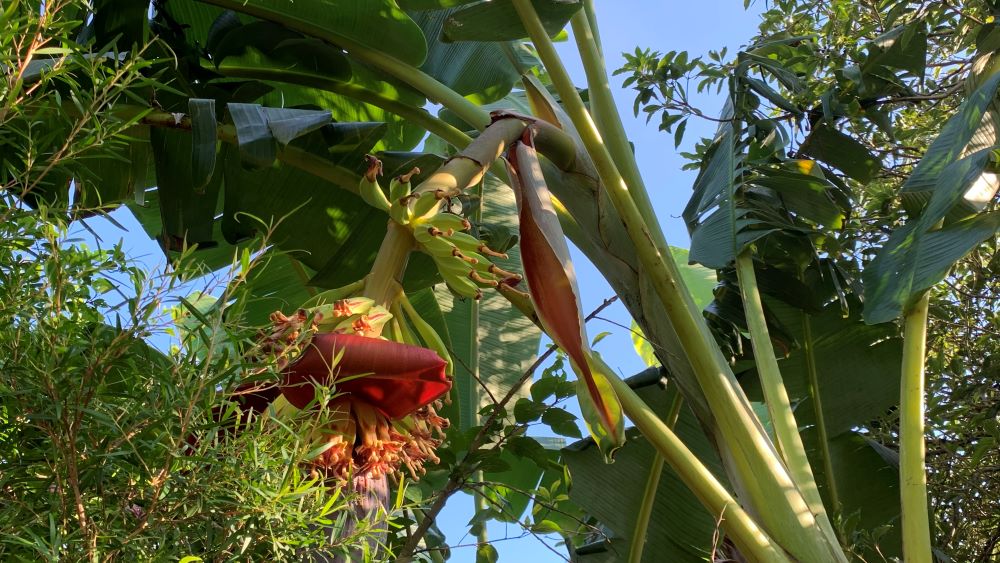
Do Natural Bananas Still Exist?
Interestingly, “natural” bananas that grow in the wild are still found in various places across the globe. For instance, in the northern and eastern sections of South Asia, as well as in southern China, you can still find banana trees that grow in the wild.
These include both the sweet cavendish variety and the plantain variety, which has thicker skin and needs to be cooked in order to be edible. Bananas are a perennial plant, which means they can replace themselves with a bulb or rhizome and not a seed. For all practical purposes, a banana is essentially an herb.
Conclusion
Almost from the beginning thousands of years ago, bananas have been a “hybrid” fruit. That puts them in the category of being man-made. Even though they’ve been around for thousands of years, they have only been available commercially since the 1800s.
I am an accredited practicing dietitian, experienced gardener and a dedicated cook. I love writing and sharing my experience so you can learn from my successes and mistakes.
